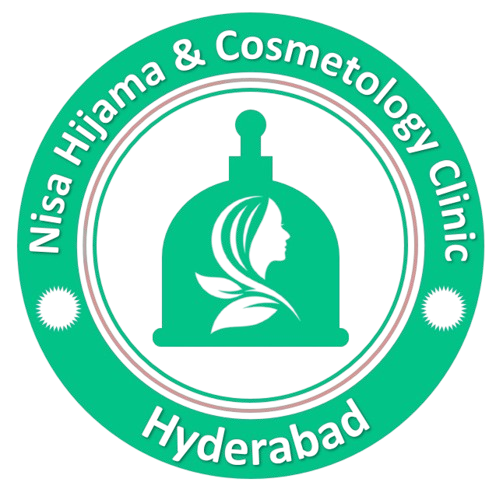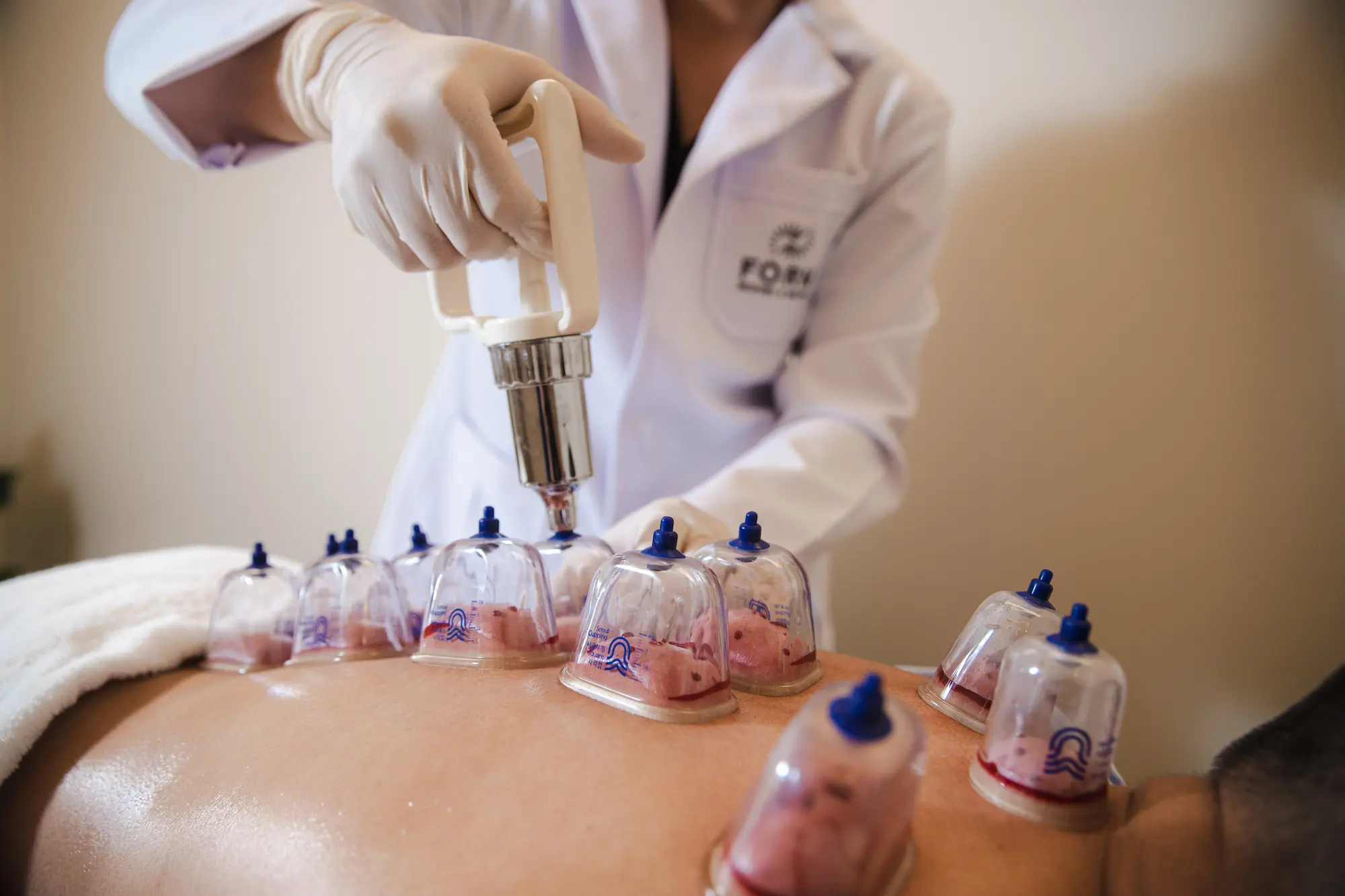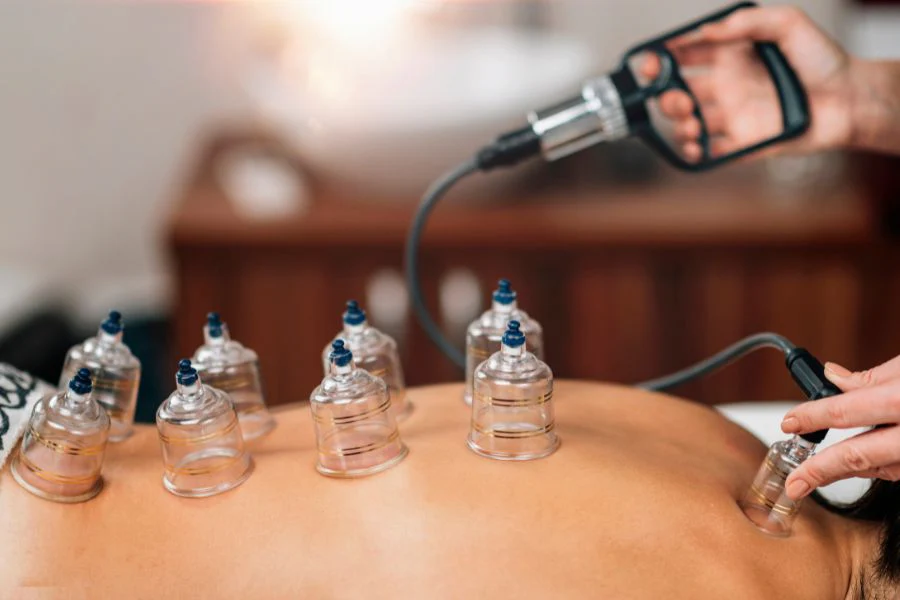Understanding Hijama Cupping Therapy: Origins, Benefits, and Practices
Hijama cupping therapy, a practice with deep historical roots, holds a significant place in traditional medicine, especially within Middle Eastern and Asian cultures. Originating over 5,000 years ago, this therapeutic technique was documented in ancient Egyptian texts and practiced by various civilizations, including the Chinese and Greeks. Hijama, derived from the Arabic word ‘hajm’, meaning ‘sucking’, involves the application of suction cups to the skin to draw out impurities and stimulate healing.
The methodology of Hijama cupping therapy can be divided into two primary types: dry and wet cupping. Dry cupping involves creating a vacuum within glass or silicone cups placed on the skin, leading to increased blood flow to the targeted area. This process is beneficial for enhancing circulation and relieving muscle tension. Wet cupping, on the other hand, involves making small incisions on the skin before applying the suction cups. This allows for the extraction of a small amount of blood, which is believed to help remove toxins and promote overall health.
The health benefits of Hijama are numerous and well-documented. Practitioners and patients alike report significant improvements in various conditions, such as chronic pain, migraines, and digestive disorders. The therapy is also praised for its detoxification properties, as it helps eliminate waste products from the body. Improved blood circulation, pain relief, and enhanced immune function are other notable advantages. Additionally, Hijama is said to aid in mental well-being, reducing symptoms of anxiety and stress.
In contemporary settings, Hijama cupping therapy has evolved with the integration of modern techniques and safety protocols. Professional Hijama centers adhere to stringent hygiene standards, utilizing sterilized equipment to prevent infections. Practitioners are often required to have specialized training and certifications to ensure they are well-versed in both traditional methods and modern medical guidelines. This professionalization of Hijama ensures that patients receive safe and effective treatment, blending ancient wisdom with contemporary medical practices.
Integrating Cosmetology and Hijama: Enhancing Beauty and Wellness
As the pursuit of beauty and wellness evolves, innovative approaches are emerging that blend traditional practices with modern cosmetology. Hijama cupping therapy, a time-honored method of healing, has found its place within contemporary cosmetic treatments, offering a unique synergy that enhances both aesthetic and health outcomes. By incorporating Hijama into cosmetology, practitioners can provide a holistic approach to skincare and overall well-being.
One of the most notable integrations is facial cupping, a technique that utilizes small, specialized cups to stimulate blood flow and promote skin rejuvenation. This method, rooted in the principles of Hijama, can significantly improve the appearance of fine lines, wrinkles, and sagging skin. The gentle suction created by the cups encourages increased circulation, delivering essential nutrients and oxygen to the skin’s surface. As a result, clients often experience a more youthful and radiant complexion.
In addition to its anti-aging benefits, Hijama cupping therapy has shown promise in addressing common skin issues such as acne, scars, and pigmentation. The detoxifying properties of Hijama can help to clear congested pores, reduce inflammation, and diminish the appearance of scars. By integrating this traditional therapy with contemporary skincare routines, cosmetologists can offer clients a comprehensive treatment plan that targets both the root causes and visible symptoms of these conditions.
Real-life case studies and testimonials underscore the effectiveness of combining Hijama with cosmetology treatments. Clients often report noticeable improvements in their skin’s texture, clarity, and overall health. For instance, one testimonial highlighted a client’s journey from chronic acne to clear skin after a series of Hijama sessions, coupled with modern skincare treatments. Such success stories demonstrate the powerful synergy between these two practices.
During a session that combines Hijama and cosmetology, clients can expect a thorough consultation to tailor the treatment to their specific needs. Modern clinics offering these services adopt a holistic approach, ensuring that both the aesthetic and therapeutic aspects are addressed. This integration not only enhances the efficacy of cosmetic treatments but also promotes a sense of well-being and balance.
The fusion of Hijama cupping therapy with modern cosmetology represents a forward-thinking approach to beauty and wellness. By leveraging the strengths of both practices, clients can achieve remarkable results that transcend the superficial, fostering a deeper sense of health and vitality.




